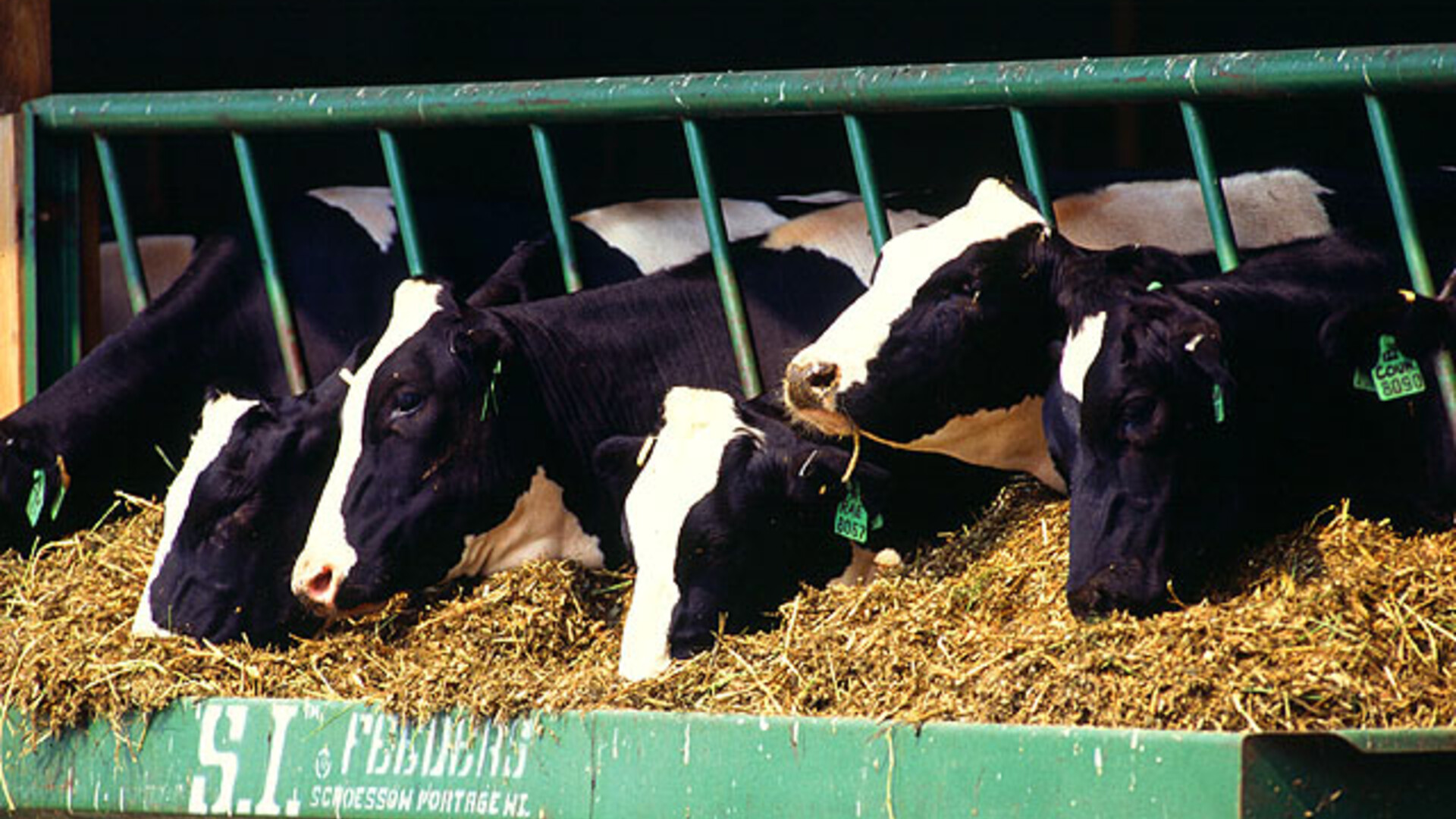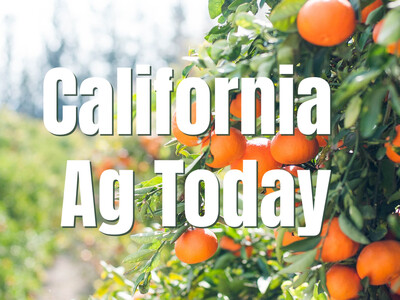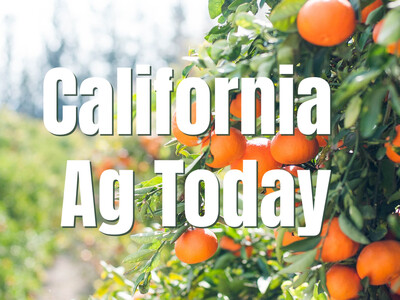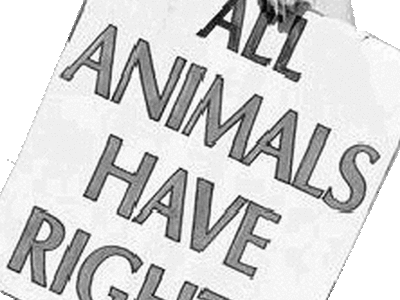Technological Revolutions in the Dairy Industry
With your Southeast Regional Ag News, I am Haylie Shipp. This is the Ag Information Network.It’s undeniable. Technology has changed our world over the past 75 years. Dr. Jack Britt, a retired dairy industry professor, scientist and consultant, from North Carolina, can attest to that. He’s seen significant changes in technology and dairy cattle reproduction — just during his lifetime…
“My first experience, in terms of how dairy cattle were bred, was that you turned the bull loose and he ran with the herd. And if a cow happened to be in heat or showing estrus, he would mate her. Then we moved to artificial insemination, where we were selecting better—genetically—bulls that the semen could be frozen, and we could inseminate cows with the best bulls in the country or in the world.”
Additional reproductive technologies — such as timed ovulation — followed, enhancing A-I efforts and improving overall fertility. Another innovation has allowed for earlier pregnancy detection for dairy cattle…
“It’s amazing. We can know by 23 or 24 days after the cow is inseminated or mated whether there’s an embryo there, and whether it’s going to survive.”
Britt says dairy producers’ ability to control breeding is healthier for dairy cattle because it’s easier to limit the cow’s lactation length.

















